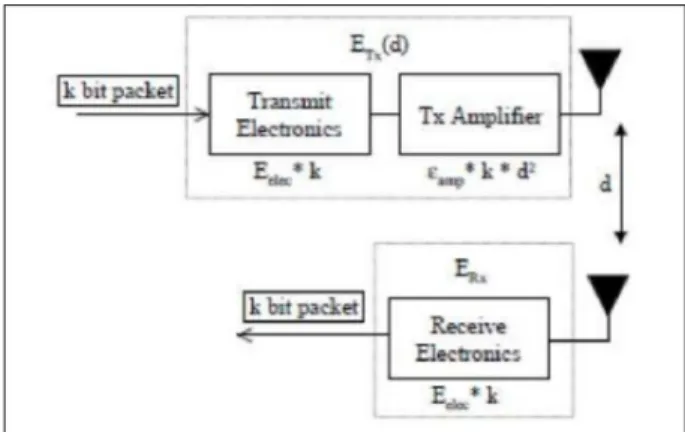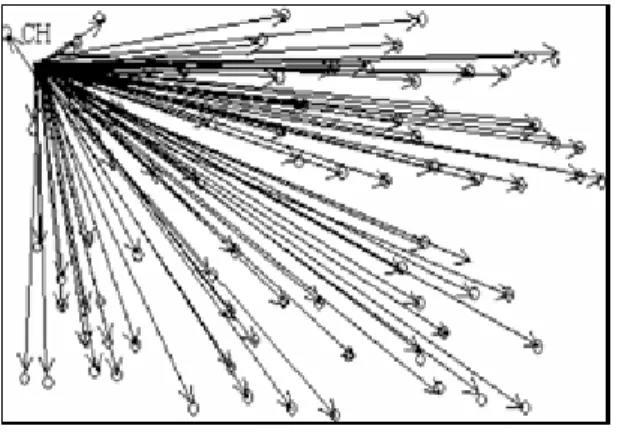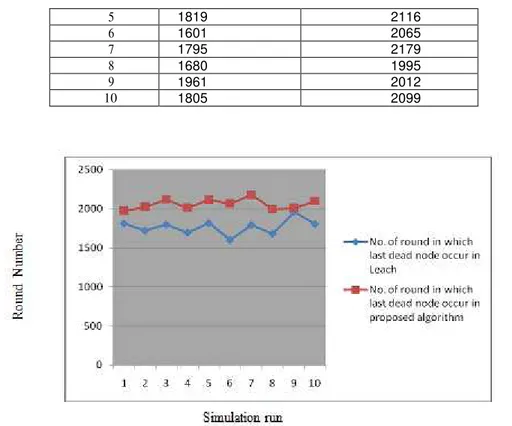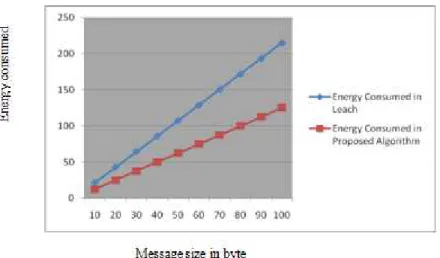Zone Based Routing Protocol for Homogeneous Wireless Sensor Network
Texto
Imagem




Documentos relacionados
The work presented in this paper lays the foundation for devising an efficient query driven routing protocol for subsurface exploration, using the deployment strategy suggested in
As seen from the simulation results in LEACH R, transmissions to the base station (high energy), takes place only from the R nodes which are selected from
To achieve the best performance based on the application, its parameters are tuned based on bat algorithm.The three important factors- residual energy, the density of
This algorithm adjusts the cluster-head radius considering the residual energy and distance to the base station parameters of the sensor nodes.. This helps to
We broadly classify these security schemes for sensor networks into static and dynamic keying based on whether the administrative keys (those used to establish communication
Then the routing paths are selected by connecting all the cluster head nodes using the minimum spanning tree with degree constraint that minimizes the energy consumption for
Considering a wireless sensor network where the nodes have limited energy, we propose a novel model Energy ∗ Delay based on Ant Colony Optimization (ACO) algorithm (E&D ANTS)
These input patterns belong to one wireless sensor node and by using them as the inputs of the neural network we can predict the energy level of the sensor at the last of


